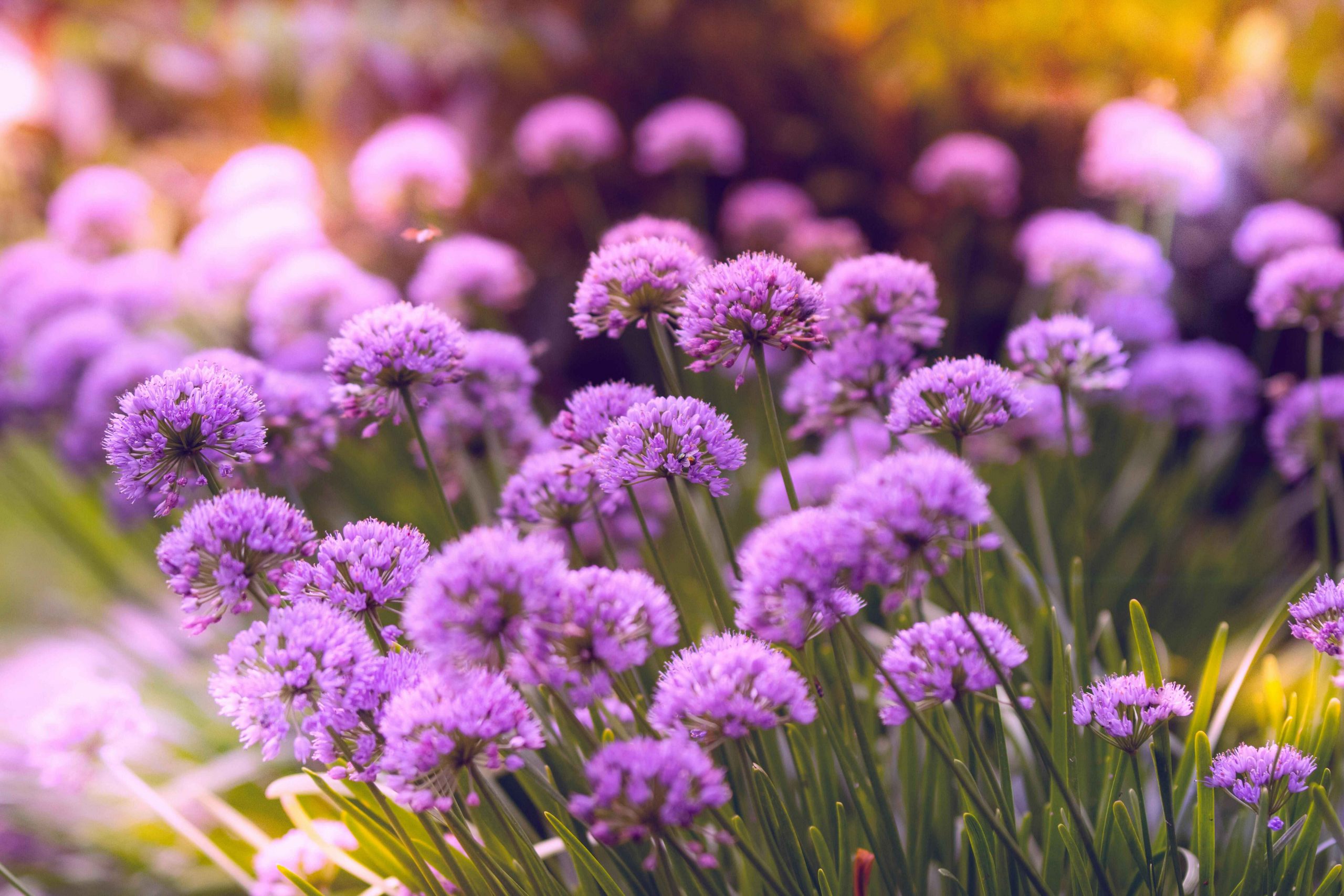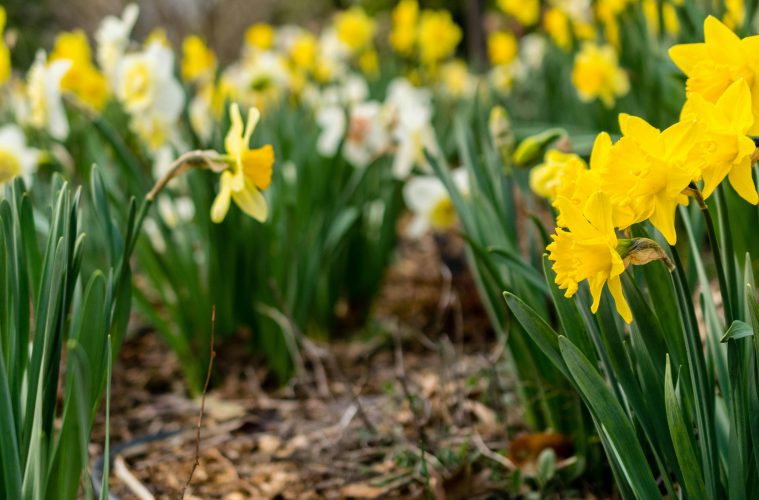Perennial planting demands new skills to maintain and benefit the garden. Planting perennials provides seasonal interest, as different varieties bloom at different times of the year. They are also environmentally friendly, requiring fewer resources than annuals since they do not need to be replanted yearly.
In simplest terms, adding perennials to your garden is an investment for the future. While it requires extra effort upfront, the rewards are plentiful and long-lasting. You can enjoy the beauty and bounty of your perennials for years, making a wise choice for any gardener going the eco-friendly route.
Why are perennials important?
Perennial crop advantage:
The reasons perennial plants are a crucial and foundational part of any garden are because of how diverse perennials are, which include the following:
- High return on investment: A return in energy, time, and materials, as most perennials are only planted a few times. This stems from a generally high growth-to-establishment ratio they have. This allows more energy to go into yields.
- Deep soil penetration: Allowing gardeners to build more soil and access more nutrients and water.
- Climate resilience: From drought and flood, which is a great ability to both avoid and bounce back from climate stress, like heat, lack of water, and inundation.
- Human health enhancement: Toxicity avoidance and nutrient density, seeds and fruit tend to accumulate toxins less acutely than vegetative tissue, and perennials access a wider range of soil nutrients than annuals do.

Image Credit: Pexels
Perennial crop disadvantages:
Climate: Many yields from a perennial crop depend upon flower survival, which can become a challenge as global warming produces early-season heat waves, often causing perennials to flower ahead of their normal period.
Breeding cycles agility: Some annuals allow multiple seed-production cycles per season, which allows faster breeding of more adaptive strains of plants that can increase their fitness as the climate, pests, atmospheric toxicity, and other conditions shift.
Slow yield: Annuals can give a large yield from seed within months, not years or even decades of seeding. Perennials, by nature, require a longer lead time to get established and offer yields.
Space: Simply requiring more room in which to grow can be a downside for people living in urban or dense suburban spaces.

Image Credit: Pexels
ALSO SEE: THE ESSENTIAL GUIDE TO SPRING GARDENING TASKS
Feature Image: Pexels

